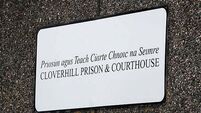Public invests € 4 billion in SSIA scheme
The figures were confirmed yesterday by the Department of Finance. The total bill to the Exchequer is set to hit the €2.65bn mark.
The majority of people, nine out of 10, with an SSIA are in the medium to low-income bracket, and they stand to make big gains when the scheme finishes in three years.













